You know Janmashtami is around the corner when the air becomes thick with Shri Krishna devotional songs, raas leela pandals come up in key localities, and you see little kids dressed as Krishna and Radha, complete with a peacock feather on their heads. It’s that time of the year again – Hinduism’s favourite god, Shri Krishna’s birthday or janmashtami as it is called falls on August 25th this year and as the day approaches, we take a look at how India celebrates the beloved festival with aplomb.
Celebrations in Krishna’s Town – Dwarka
Legend has it that Krishna was migrated to Dwarka shortly after his birth to protect him from his evil maternal uncle Kansa. The month of Shraavan when Krishna is believed to have been born is one occasion when the tiny town literally comes alive with grand preparations, feasts, and hymns dominating the atmosphere. On the day of Janamashtami, most people observe a fast which they break only at midnight after feeding the lord. Special janmashtami sweets such as kheer, shrikhand, ras malai, etc., savouries, and other main course delicacies are commonly prepared at houses and restaurants. Milk, curd, ghee, and dairy items are used in abundance around this time as these were Krishna’s favourites as a child.
Celebrations in Vrindavan and Mathura
The holy town of Vrindavan houses the world famous ‘Bankey Bihari’ temple and Mathura is Krishna’s birth place. At both these places, Janmashtami celebrations are a larger than life affair with week-long festivities. Raas Leelas – the enactment of various stages of Krishna’s life – from childhood to his naughty adventures with gopis, fighting demons, and more are a dominant part of celebrations in these two places. Famous artists are known to play title roles in these raas leelas which are attended by political big wigs and common people alike. Notable temples around include Rangnathji Temple, Shri Krishna Balram Temple, Radharaman Temple, ISCKON temple, etc. One can also spot many foreigners signing Krishna hymns at ISCKON.
Maharashtra’s Famous Dahi-Handi
Come Janmashtami and one can spot govindas going about the streets wearing saffron headbands and chanting ‘govinda alaa re’ across the streets in Maharashtra. Celebrated with great fervour, the dominant part of Janmashtami here is the dahi handi celebration – where youngsters enact the legend of Krishna stealing butter from earthen pots hung high on the wall. Lots of practice, dedication, and yes, good money upon winning are part of the game. Traditional maharashtrian sweets like puran poli, karanji, etc are also made to mark the festival.
Gokulashtami in South India
The lord’s birthday is celebrated with great gusto across the southern states. Tamil Nadu marks the festival with kolums decorating the floors of houses and temples, imprints of lord krishna’s feet symbolizing his entry, and offerings of betel, fruits, and butter at the pooja. Popular savouries include Seedai, Sweet Seedai, Verkadalai Urundai, Murukku, etc. In Andhra Pradesh too, devotional Krishna songs, feasts, and poojas dominate the festive atmosphere. Little girls and boys dressed as Radha and Krishna go about the town too – collecting sweets and savouries from houses.
Celebrating Janmashtami at Home
With hectic urban lifestyles kicking in, most young couples and families do not have the time to offer week-long poojas or visit locality pandals. They can however celebrate Janmashtami at home by remembering the lord and his teachings – after all devotion is what pleases the lord the most. Here a few interesting ways to celebrate Janmashtami without much fanfare:
- Invite all your friends and relatives and organize a small Janamashtmi pooja at home – plan a midnight aarti (worship ceremony) with bhajan singing before that. Keep a small idol of lord Krishna and dress it up in fine clothes and jewellery, place the idol in a paalna (cradle) and at midnight, encourage everyone to rock the cradle gently and offer prasadam to the lord. Typical prasadam items include fruits, milk based sweets, flour, water, etc. These days it’s easy to make authentic sweets by simply visiting AwesomeCuisine.com where you have more than 100 different varieties of sweet recipes to choose from – why buy sweets from the market when you can make your own healthier version!
- Bathing the lord by recreating the Abhisheka bathing ceremony as done in temples can make for a great activity at home. The kids and adults are sure to enjoy it. Bathe the Krishna idol with yoghurt, milk, honey, holy water, ghee, and fruit juices while singing devotional songs.
- Download various stories and legends associated with the birth and life of Lord Krishna and read them aloud – or better still get the kids to enact scenes out of those. It will make for some awesome fun and memories.
The bottom line is to always remember the message of Lord Krishna – practice love, devotion, and faith to all beings on the earth and never look back at past mistakes with regret – learn and move forward.

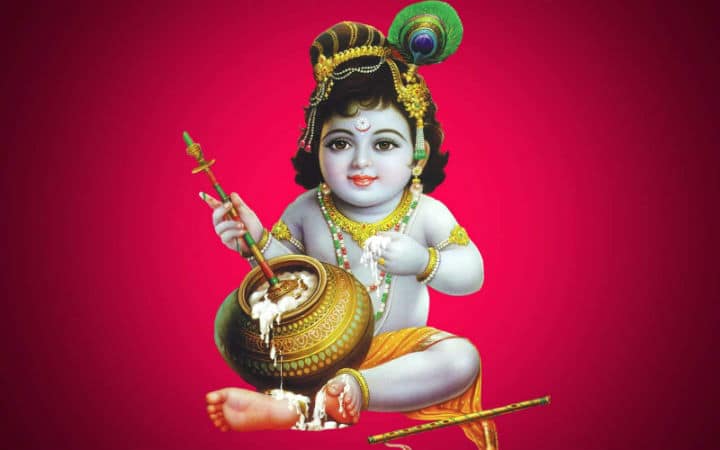
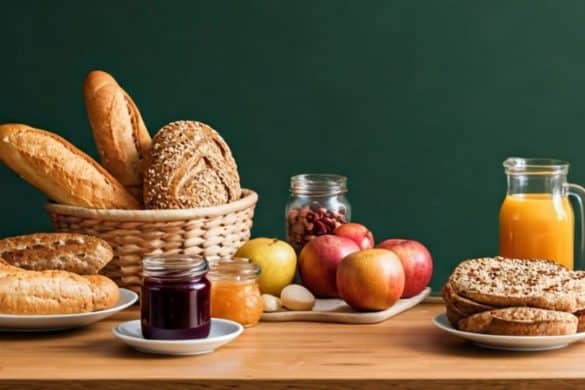
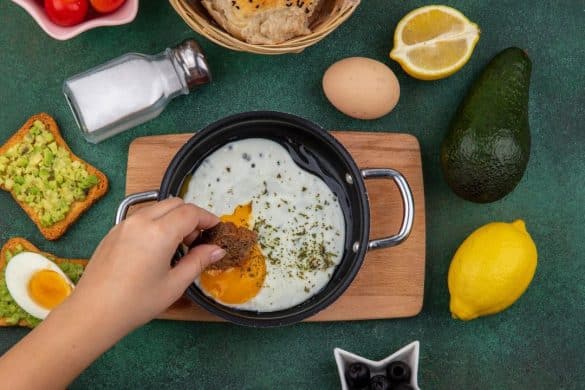
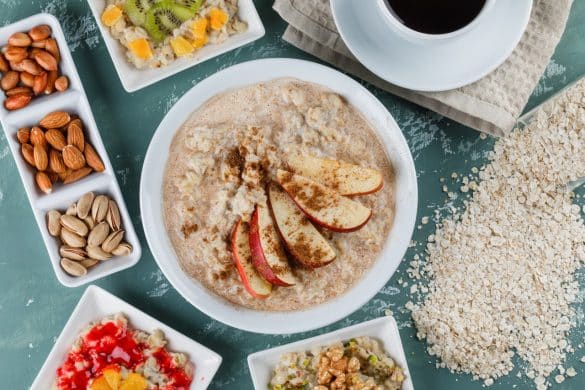
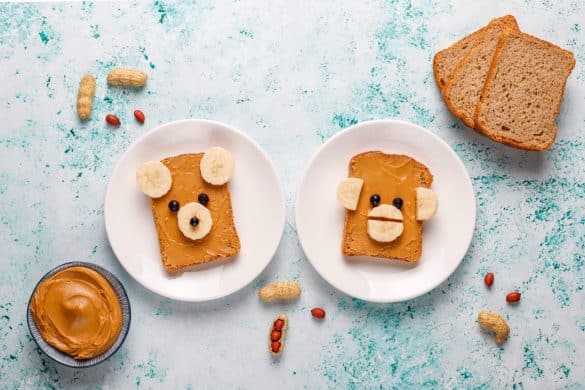
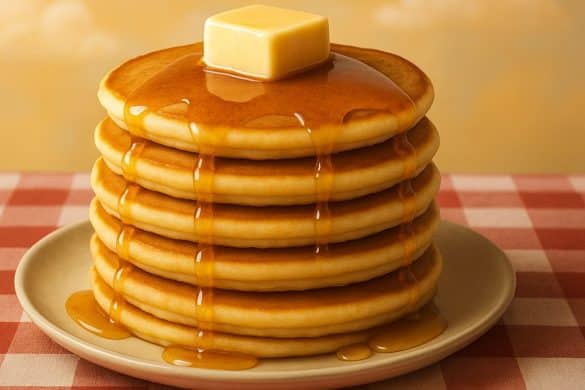
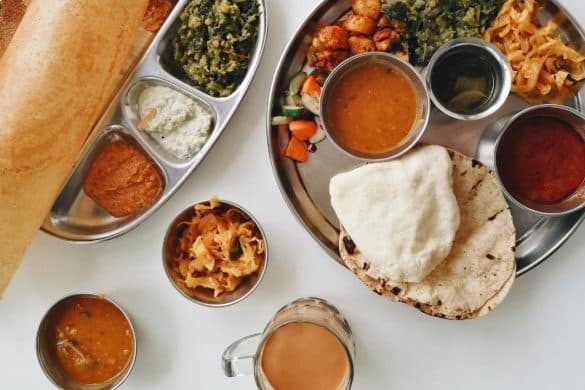
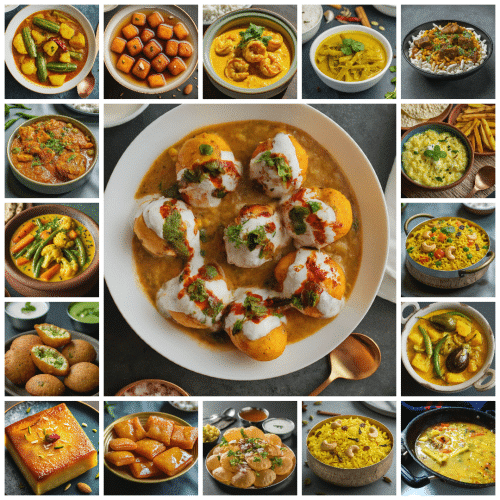
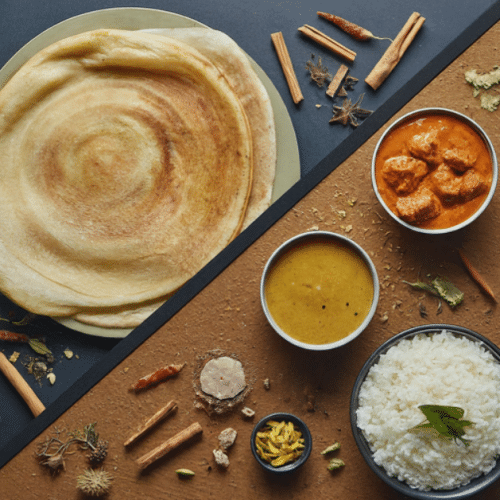

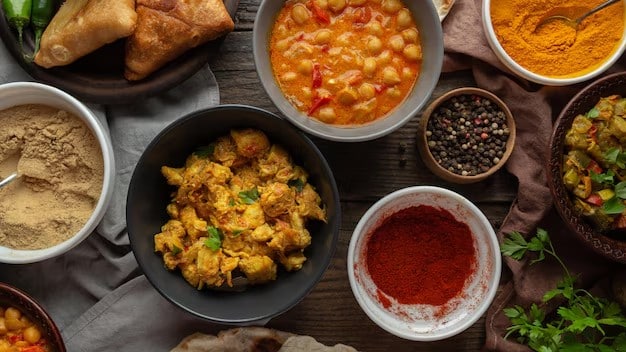
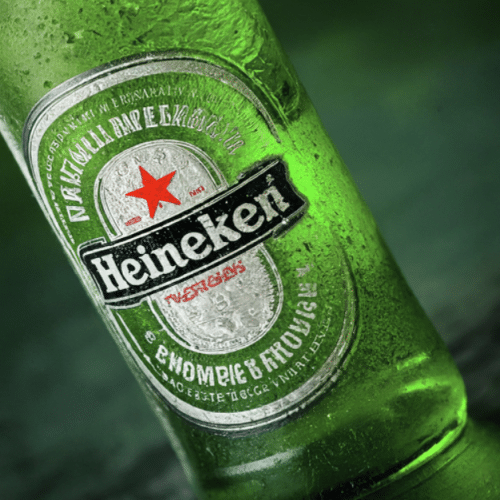
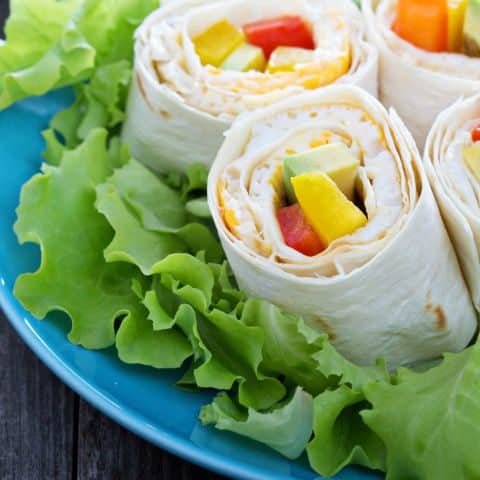
5 comments
Very nice posts . I want to write guest post for it can you give me chance to write it?
please contact us via the contact page with details.
Nice,it educate the youngsters to to know about our culture ,and how to enjoy the festival ,with friends and relatives,the movement of joy we derive can’t be bought with all the wealth we have.We wait for this festival from the childhood to now to see the nap-pines in every human face.
Dear Sir,
I am, P A Cariappa, and , I am, MBA Graduate.
Dear Sir,
I am, P A Cariappa.